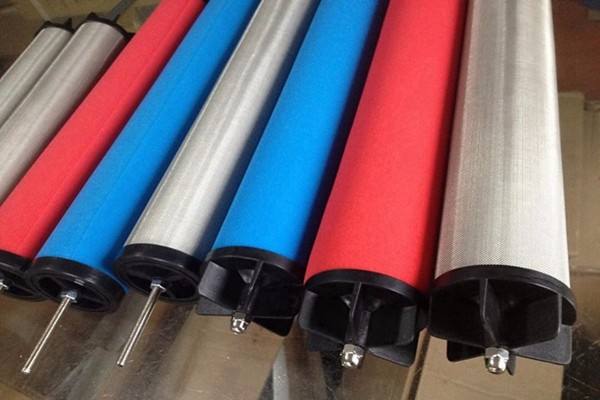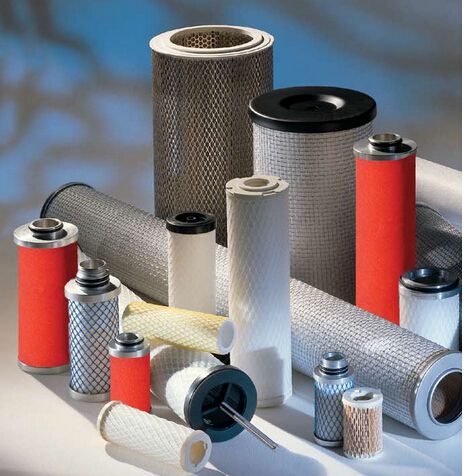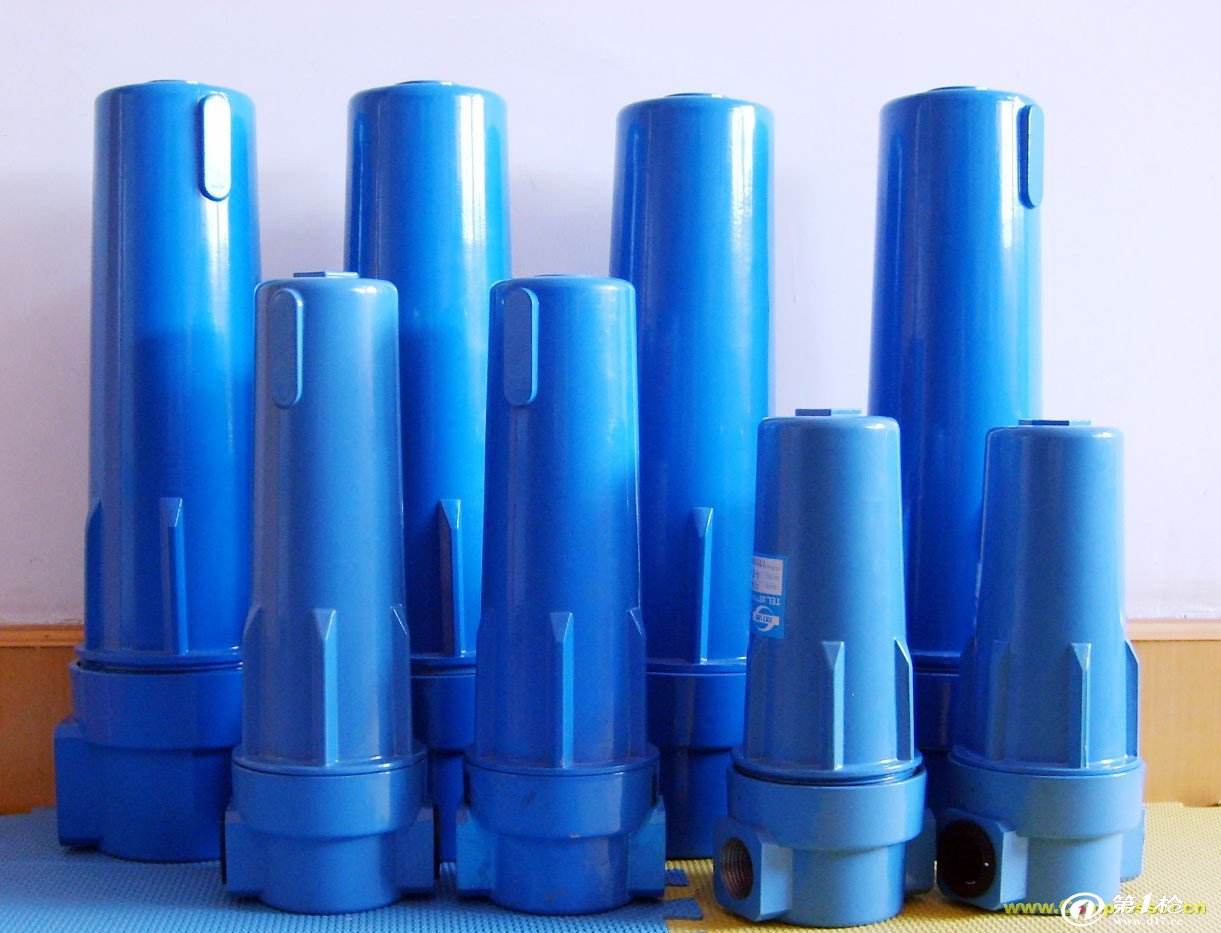[ China Agricultural Machinery Industry News ] Sixty years of hurricane and rain, 60 years of Chunhua Qiushi, the Academy of Agricultural Sciences took on the glorious mission of China's agricultural science and technology innovation national team, reform leader and decision-making think tank, for the country's agriculture from small to large, from weak to Strong made a great contribution.
Han Changfu: The Chinese Academy of Agricultural Sciences should serve the main line of structural reform of the agricultural supply side.
"The competitiveness of a country's agriculture is mainly reflected in the competitiveness of science and technology. Agricultural research institutions are an important part of the national innovation system, and also a concentrated expression of the national agricultural science and technology competitiveness." Tang Huajun, president of the Chinese Academy of Agricultural Sciences said.
In order to improve the level of agricultural research, increase the grain output, and let the people fill their stomachs, the Central Committee officially approved the establishment of the Chinese Academy of Agricultural Sciences in 1957. This is an important milestone in the history of China's agricultural science and technology development, and it is a party and state to unify the national agricultural research force. The visionary and strategic decision marks that New China has had a “national team†for agricultural research.
In the past 60 years, the Chinese Academy of Agricultural Sciences has always played the role of “leader†in the national agricultural science and technology layout. It is the master planner of the national agricultural science and technology task, the main body and backbone of the task, and has obtained a large number of originals at home and abroad. Sexual and technological achievements.
Rice is China's main food crop, innovative rice breeding new technology, cultivation of high-yield, multi-resistant, and wide-ranging rice varieties, which is of great significance for farmers to increase income and ensure national food security.
In 1972, the Chinese Academy of Agricultural Sciences and Hunan Academy of Agricultural Sciences took the lead in organizing more than 150 units across the country to carry out large-scale research on indica-type hybrid rice research, successfully breaking through the three-line hybrid rice hybridization system, enabling hybrid rice to be rapidly applied to production and raising yield levels. And it is widely promoted in China and the world's major rice producing countries. Since then, China's super rice research and global green super rice research conducted by the Academy of Agricultural Sciences have made new breakthroughs. At present, China's super rice annual promotion area is over 100 million mu, accounting for one quarter of the national rice area.
As an important food crop, wheat variety improvement and germplasm research work is also particularly important. In the 1950s, the ancestors represented by Jin Shanbao, Dai Songen, Zhuang Qiaosheng, and Dong Yuxi laid the foundation for the improvement of wheat varieties in China. In the 1980s, the Chinese Academy of Agricultural Sciences researched the use of China's unique genetic resources "Taigu nuclear sterile wheat", the first dwarf wheat breeding technology system, has bred more than 60 new wheat varieties, a total of about 230 million mu.
In addition, the Academy of Agricultural Sciences has developed a series of new varieties of crops such as grain, cotton, oil, fruit and vegetables, which have made the overall level of agricultural production in China the world's first. The new varieties of insect-resistant cotton that have been bred have broken the monopoly of foreign varieties of insect-resistant cotton. The system has established a research and development system for animal disease prevention and control technology, which has overcome major animal diseases that restrict the development of animal husbandry, eliminated burdock, swine fever, and bovine lung disease, effectively controlled bird flu, foot and mouth disease, and promoted animal disease prevention and promotion of modern animal husbandry. Industry development has made a pioneering contribution.
For 60 years, the Chinese Academy of Agricultural Sciences has been committed to building a national agricultural science and technology innovation platform. At present, there are 34 professional research institutes, as well as graduate schools and agricultural science and technology publishing houses, and 6 national major laboratories, 20 ministerial key laboratories, 29 national and ministry quality supervision and testing centers, and 13 national crop improvement projects have been built. Centers and sub-centers have built the world's largest animal and animal species animal cell bank and the world's second largest crop germplasm resource bank, the Asian National Agricultural Library and the only national major scientific project in China's agricultural sector.
In the past 60 years, the Chinese Academy of Agricultural Sciences has trained and created a group of scientists. Ding Ying, Jin Shanbao, Chen Fengtong and other founding ancestors became the founders of agricultural science and technology in New China. 29 academicians of the two academies worked in the Academy of Agricultural Sciences, and a large number of outstanding young and middle-aged talents emerged, becoming the strategic force for agricultural science and technology innovation in China.
Tang Huajun said that since the 18th National Party Congress, the Chinese Academy of Agricultural Sciences has adapted to the new situation and new requirements, implemented the innovation-driven development strategy, vigorously implemented science and technology innovation projects, continuously deepened the reform of the science and technology system, and actively explored the road of agricultural science and technology innovation with Chinese characteristics.
First, adhere to the "top-of-the-road" innovation direction, focus on the international science frontier and the major technological needs of the agricultural industry development, accelerate the pace of innovation, and give play to the supporting role of science and technology in agriculture. The second is to actively explore new mechanisms for the transformation of achievements and accelerate the roots of scientific and technological achievements. Leading the formation of the National Agricultural Science and Technology Achievements Transfer Service Center, the National Seed Industry Science and Technology Achievements Property Rights Exchange Center and other results transformation platform, the pilot of the proportion of the scientific research achievements institutions and scientific research personnel in the country. The third is to accelerate the construction of the National Agricultural Science and Technology Innovation Alliance. Breaking the boundaries of departments, disciplines and regions, changing the individual combat and individual technology innovation models, coordinating the upstream and downstream science and technology resources, carrying out joint research, exploring and establishing a national agricultural scientific research layout "one chess game", project research and development "one-stop", technical solutions" "Integrated" collaborative innovation pattern.
Minister of Agriculture Han Changfu said that the Chinese Academy of Agricultural Sciences should serve the main line of agricultural supply-side structural reform, serve the big goal of agricultural modernization, serve the main battlefield of agricultural production practice, and seize the commanding heights of the world agricultural science and technology revolution. Strengthen research on basic theories, major cutting-edge technologies, and disruptive technologies; identify the focus of agricultural science and technology innovation. Optimize the technical structure, pay more attention to quantity, quality and efficiency; grasp the key points of agricultural science and technology innovation. Strengthen demand orientation, strengthen collaborative innovation, and strengthen policy incentives.
Cold Dryer filters
Describe:
The cold drying filter is a kind of cleaning and drying parts to filter the moisture and impurity in refrigerant and keep the refrigeration system clean and dry. When refrigerant contains water and impurity, the system is prone to clog up, ice blocking and so on, thus blocking or partially blocking the refrigerant cycle, which makes the refrigerator lose its refrigeration capacity or the refrigeration effect becomes worse. The drying requirement of refrigeration system is very high and the moisture content in refrigerant per 1kg should not be higher than 20mg. so the drying filter plays an extremely important role in the refrigeration system.
From the aspect of appearance, there are two types of dry filter: single tube type and double tube type. The single-tube drying filter has only one inlet and one outlet. The double-tube drying filter has two entrances and one outlet.
Characteristics:
Water vapor in the air is condensed into water droplets through the principle of cooling. A small amount of oil and impurity can not be removed, so it is necessary to install the water vapor in the air.
The main function of drying filter is to absorb moisture and filter impurities. The dry filter has molecular sieve and filter net, which can absorb and filter the moisture, metal powder and dust contained in the refrigeration system, so as to clean the refrigerant or the compressed air.




Air Precision Filters
Cold Dryer,Cold Dryer Precision Filters,Stainless Steel Cold Dryer Precision Filters,Stainless Steel Cold Dryer
Henan Sinofiltec Technology Co.,Ltd , https://www.airfilters.pl




